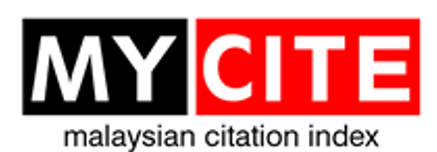Which Protein Source is Best for Mass-Rearing of Asian Weaver Ants?
DOI:
https://doi.org/10.51200/jtbc.v19i.3940Keywords:
Oecophylla smaragdina, ant farming, biological control, aggression index, colony size, IPMAbstract
The Asian weaver ant (Oecophylla smaragdina) is sometimes used as a biocontrol agent against pests in tropical agriculture as part of integrated pest management programmes. However, the effectiveness of weaver ants as a predator depends on the abundance and activity of colonies in naturally occurring populations. Mass-rearing is a method that could be useful both for getting lots of colonies and for maximising colony growth and aggressiveness. The diet of mass reared weaver ants potentially impacts their growth rate and behaviour. In this study, we investigate the effect of four common commercial protein diets (mackerel, tuna, cricket and mealworms) on O. smaragdina colony growth and aggressiveness during mass-rearing over a two-month experimental study at the Smart Research Institute, Riau, Indonesia. Colonies fed on mackerel, the cheapest protein source, and mealworm were able to grow significantly larger than those fed on tuna, even though colonies fed with mackerel showed the lowest amount of mass intake of protein food. In contrast, colonies fed with crickets (the diet with the greatest proportion of protein) had the greatest aggression index against experimentally placed bagworms (a common pest in oil palm plantations), with their aggression being significantly greater than that for mackerel-fed colonies. Taken together, our results show that there are trade-offs between different protein diets for weaver ant colonies in mass rearing facilities. Protein diet can be chosen depending on whether colony growth rate, colony aggressiveness, or price is the main factor driving decisions.
Downloads
Published
How to Cite
Issue
Section
License
BY: credit must be given to the creator.
NC: Only noncommercial uses of the work are permitted.
This journal provides open access to its content under CC BY-NC 4.0 on the principle that making research freely available to the public supports greater international collaboration and information exchange.












